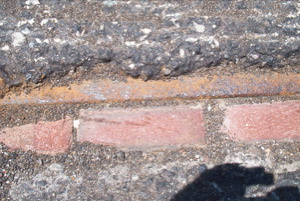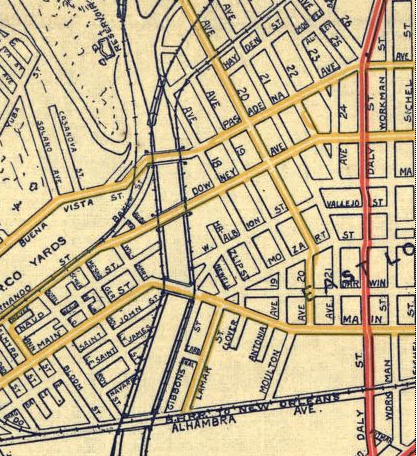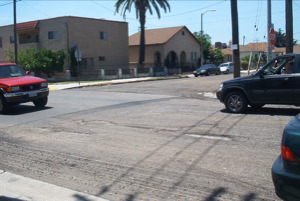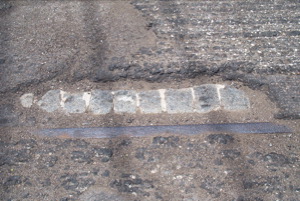June 6, 1906
Los Angeles
Last February Antone F. Lieblich, a well-off Bohemian of middle years, sold his property in Eudunda, near Franklin Harbour, Australia and sailed back home to Austria. He never made it. After going ashore in Genoa, Lieblich vanished, and when a man’s body washed up soon after, it was duly identified and Lieblich’s family informed of his passing. His property was split up, and the mourning for the long-lost kin commenced.
Until July, that is, when Lieblich’s Australian attorney received a letter from his client–return addressed 2416 East Ninth Street, Los Angeles–with instructions for a few final real estate transactions. The Australian police became interested, and made inquiries through the police of many nations, but the mysterious Herr Lieblich was nowhere to be found. The Los Angeles police visited the Ninth Street address, and learned that a man fitting Lieblich’s description had been staying there last July, but he had made no friends in the neighborhood, and no one knew where he had gone.
So look carefully about you, Los Angeles! That dark, well-built man with the slightly graying beard and the odd accent might just be Antone Lieblich, come out of his mossy grave and wondering where all his money’s gone!





